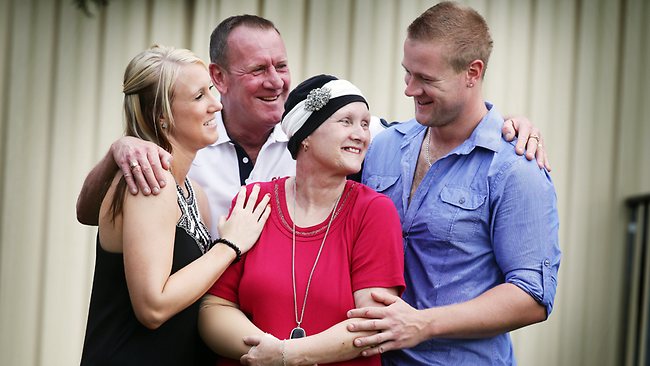
Denise Grady and Andrew Pollack are the authors of “What Is Immunotherapy? The Basics on These Cancer Treatments,” published in 2016 by The New York Times. In their article, they answer a series of basic questions about what immunotherapy is, how it affects the body, and other points that are important to know for someone who is considering trying out this treatment.
Throughout the whole article, Grady and Pollack maintain a concise tone and stick to colloquial language that successfully conveys the gist of what immunotherapy is without overwhelming the readers.
Throughout the piece, Grady and Pollack go straight to the point of what they are trying to

communicate without adding much filler that may distract the audience. As they explain how “immunotherapy refers to any treatment that uses the immune system to fight diseases, including cancer. Unlike chemotherapy, which kills cancer cells, immunotherapy acts on the cells of the immune system, to help them attack the cancer,” the authors prioritize quality over quantity of words and make the content of their writing clear for the readers.
As I continued to read the article, it came to my attention how the writers did not beat around the bush but instead just went straight into explaining their points and arguments without going off-topic, which I appreciated as a reader because it allowed me to focus on one concept at a time without trying to keep up with several ideas simultaneously.
The whole article is written in a tone that is educational yet not over-the-top fancy. The authors do a really good job of putting themselves in the same level as the reader instead of writing as if they are superior and know-it-alls.

Rather, they talk to the audience in an easy way as if they were trying to say “We are here for you and we want to help you understand this topic.” When the authors write “Another form of immunotherapy, called cell therapy, involves removing immune cells from the patient, altering them genetically to help them fight cancer, then multiplying them in the laboratory and dripping them, like a transfusion, back into the patient,” they phrase this fairly complicated procedure into ordinary words and examples that they feel the readers will easily understand. The authors devote obvious effort into simplifying their writing as much as possible without losing the full meaning of the knowledge they are trying to convey to the readers.
Grady and Pollack’s piece also features comprehensible language that is easy to understand even for younger readers or people who do not have as much training in medical lingo.
While reading the piece, I had no problem at all understanding everything they wanted to communicate even though I am a person who doesn’t particularly love science and has little scientific background. The only few technical words they use are used to describe cells and body organisms that can’t be referred to in any other way, such as “t-cells”, “bispecific antibodies”, and “checkpoint inhibitors.” This is important because readers are not put off or intimidated by complex language, therefore not only making the piece easier to read but also making the content more accessible to a wider demographic.
Throughout their article, Grady and Pollack use their knowledge and skills as both health journalists and experienced writers to deliver an article that is as clear as it is educational and to everyone looking to get informed on new alternatives in the field of the fight against cancer.
Works Cited
Grady, D., Andrew Pollack. 2016. “What Is Immunotherapy? The Basics on These Cancer Treatments.” The New York Times. Web. Accessed on 25 September 2016.

